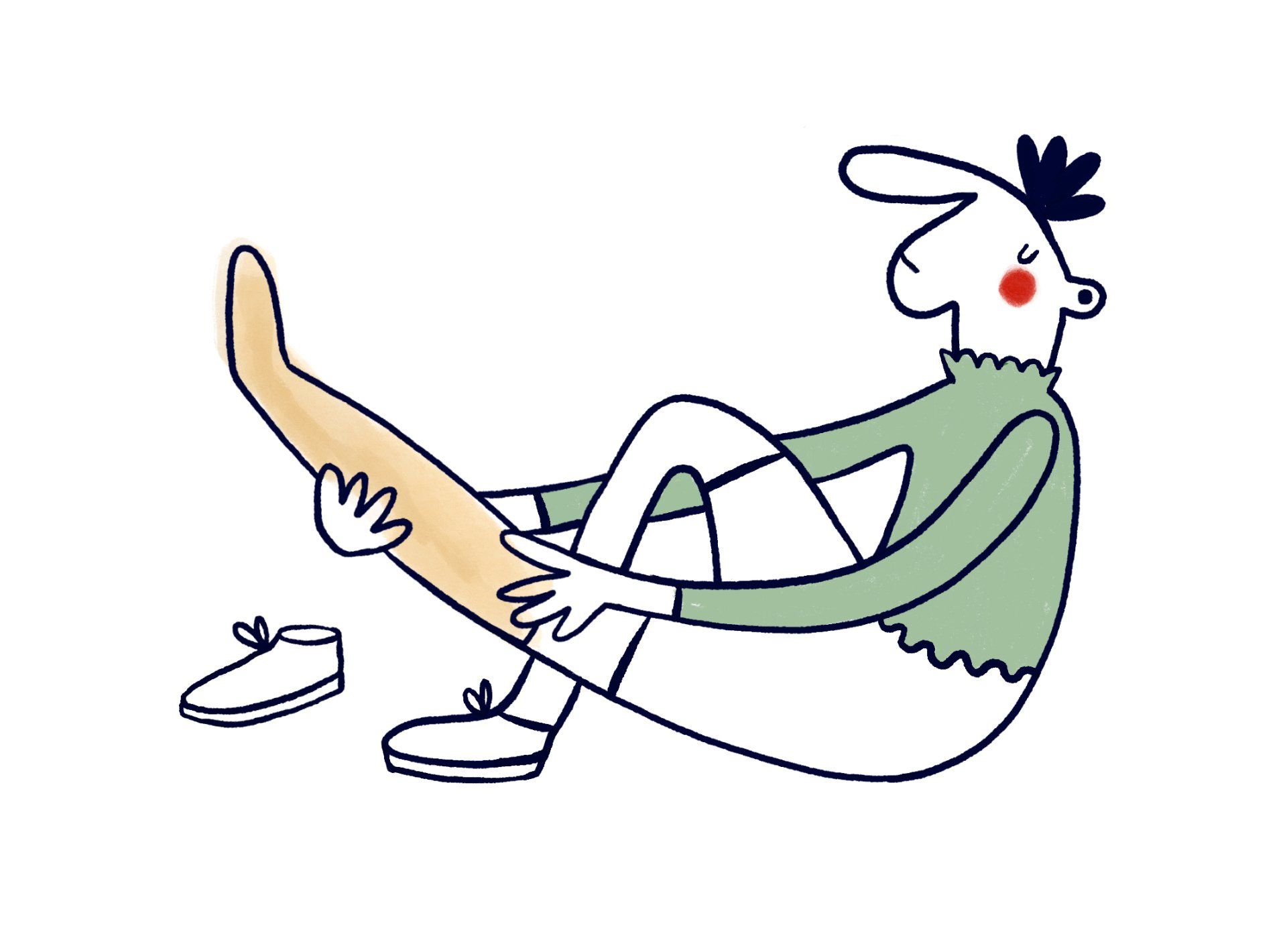
The check
Compression is essential to manage your oedema, use our list to check yours!
-
Do compression garments hurt?
Never! Nicley fitted garments do not hurt during your normal daily routine.
When you are wearing a high class garment and you sit still for a longer period of time or when it is really hot, the pressure might build up. Get moving your limb to move the build up fluid. The pain will most definately decrease. If not, discuss it with your therapist.
-
Do compression garments roll or dig in the skin?
No they do not! Nicely fitted garments do not wrinkle, roll and cause skin irritation in your knee or elbow.
-
Do compression garments cause pressure points or dents?
No! Nicely fitted garmenst will not damage your skin or cause painful dents or pressure points on your skin.
For the feet, the sides of your instep are a known challenge area. If you have any problems with pain, discuss this with your therapist or fitter. There are many innovative solutions for the compression garments.
-
Do compression garments turn your toes or fingers blue?
This one is obvious we hope..... no!
-
Might the silicone strip cause irritation during summer?
In summer we see more people complaining about this kind of "allergic reaction" to the silicone edge. One of the reasons for such a reaction is friction. Just like you get blisters from friction from shoes when the shoe or sock rubs continuously on your skin. In summer, when it is hot, your arm or leg may swell more and you sweat. This might cause the rubbing of the silicone "dabs" on the skin. They can develop into small blisters.
It is very important not to pull unnecessarily on the garments when putting it on. Use gloves to make sure it fits properly. You may want to put a piece of gauze under the edge to protect the skin. For those with stockings, you can use underpants with legs and then put the stocking edge on top. A barrier cream may be used. Remember that the cream should always be fully absorbed before putting on the compression.
If you have this problem in general, you will need to get help from the person taking the measurements to make sure the measurements are correct and the edge is not too tight. You can also get other types of edges in your garments if you cannot tolerate the one you are using.
Beware if it develops with further redness and skin irritation.
If you use glue to hold up the garments make sure the edge is cleaned and there is no old glue residue accumulating in the silicone nubs.
Compression garments should be washed daily to ensure proper care.
-
Compression ready for change?
Depending on your oedema and daily activities your garments will wear off and the stiffness will decrease. If you notice it is getting more difficult to manage your oedema please contact your therapist or fitter.
- seam in the back is loosening
- loose threads
- holes
- colours fading
- silicone border is coming lose, loosing its stretch
- it glides down
- too easy to put on
- your oedema is increasing
-
How long do garments last?
There is a warranty on your compression garments. Usually it is six months but it will depend on your activity level and how you take care of your garments.
-
Weight loss and gain?
When your weight varies this might have an impact on your oedema. Try to have a steady and healthy weight. But if you tend to fluctuate please realize your compression garments might need renewal.
Please join us to put compression #underpressure
hello@compressionineurope.org
All rights reserved










